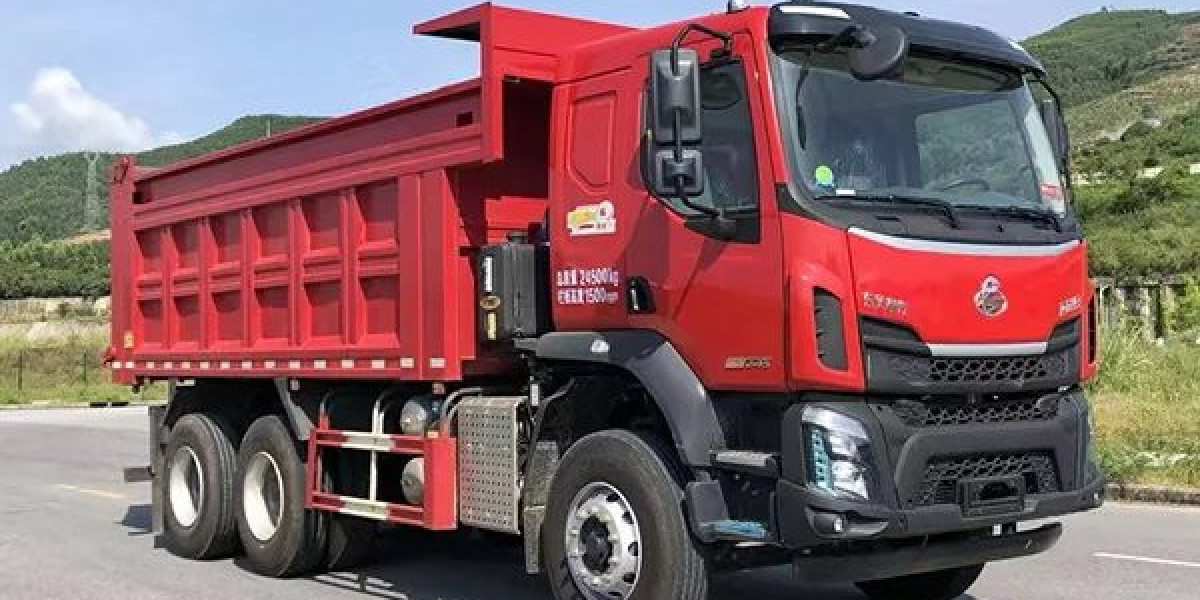Let’s take a look at what types of heavy-duty trucks are available:
1. Dump truck
The structure of the dump truck is the same as that of a general truck, including the engine, chassis and cab. The carriage of a dump truck is divided into two types: backward tipping and sideways tipping. The movement of the piston rod is controlled by the control system. Rearward tipping is more common. Pushing the piston rod causes the carriage to tip over. A few tip over in both directions. Generally, its scope of application is in civil engineering, where it often works in conjunction with excavators, loaders, belt conveyors and other engineering machinery to form a loading, transporting and unloading production line to carry out loading and unloading of earthwork, sand and gravel, and bulk materials.
2. Natural gas trucks
Natural gas heavy truck refers to a gas-fueled heavy-duty vehicle that uses natural gas as fuel (CNG means compressed natural gas; LNG means liquefied natural gas). Generally, its scope of application is: 1. Dangerous goods transportation market: natural gas transportation by gas companies; 2. Logistics transportation market: coal, mining, building materials, port container transportation; 3. Municipal vehicle market: municipal sanitation trucks, muck trucks. Currently the most widely used are single-fuel natural gas vehicles. As a clean fuel vehicle, its technology is mature and its relative comparative advantage.
3. Tractor
There are two ways to connect a tractor and a trailer: the first is that the front half of the trailer rests on the traction saddle on the rear of the tractor, and the bridge behind the tractor bears part of the weight of the trailer, which is a semi-trailer; the second is that the front half of the trailer rests on the tractor saddle. The first is that the front end of the trailer is connected to the rear end of the tractor. The tractor only provides forward pulling force, dragging the trailer, but does not bear the downward weight of the trailer. This is a full hitch.
https://www.scfushunte.com/What-types-of-heavy-duty-trucks-are-there.html








